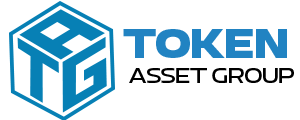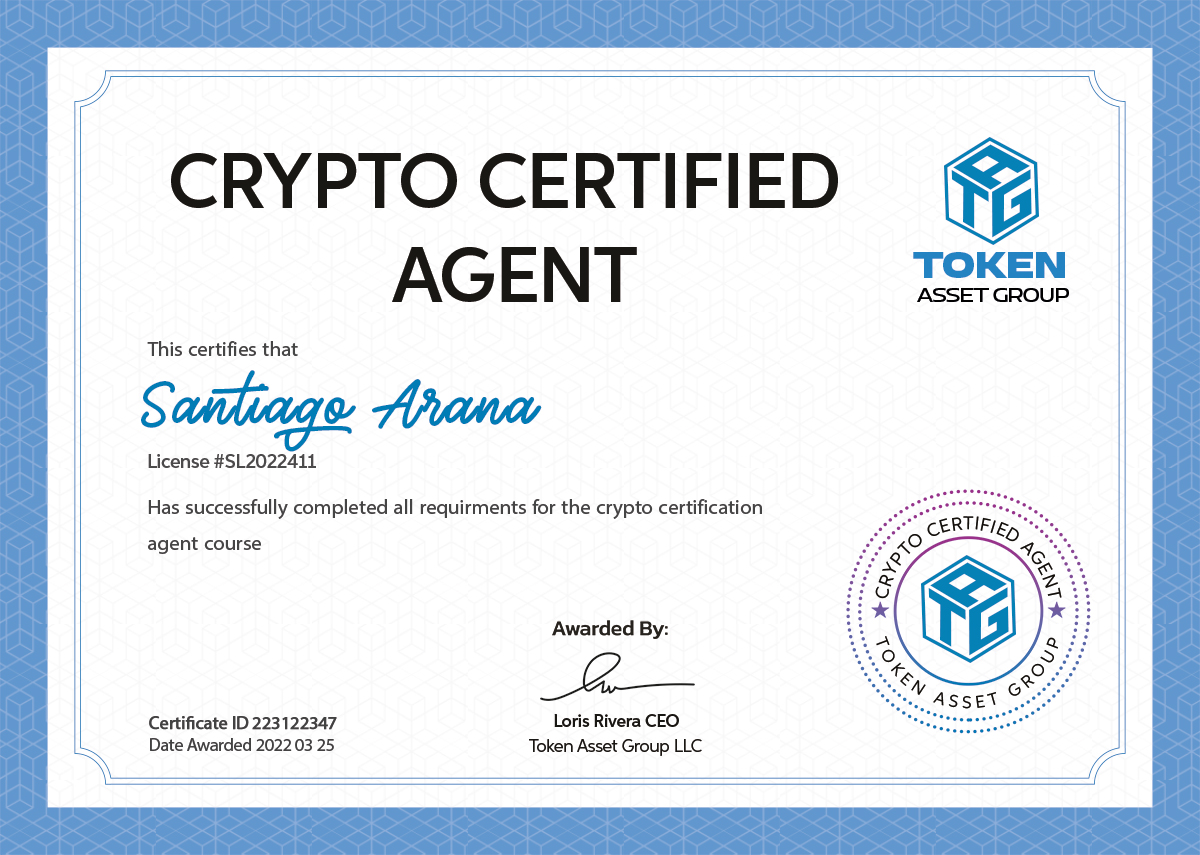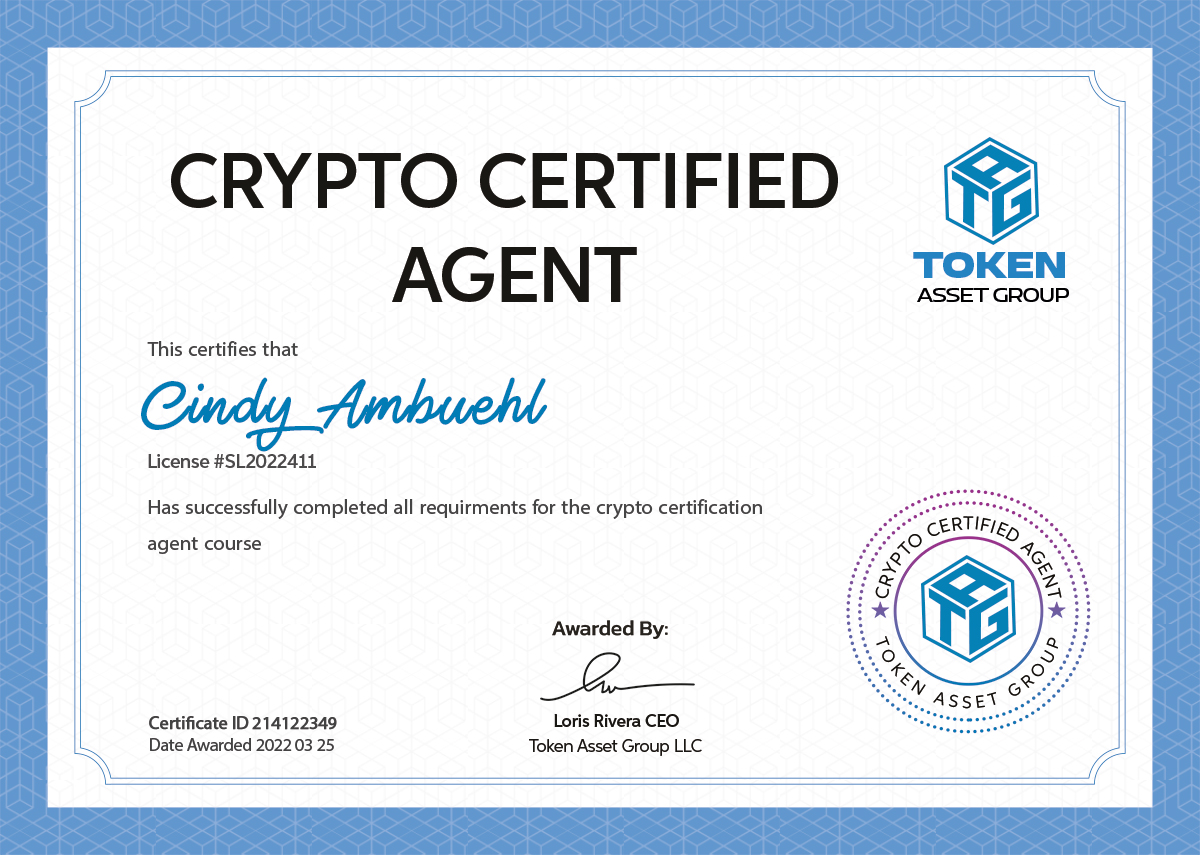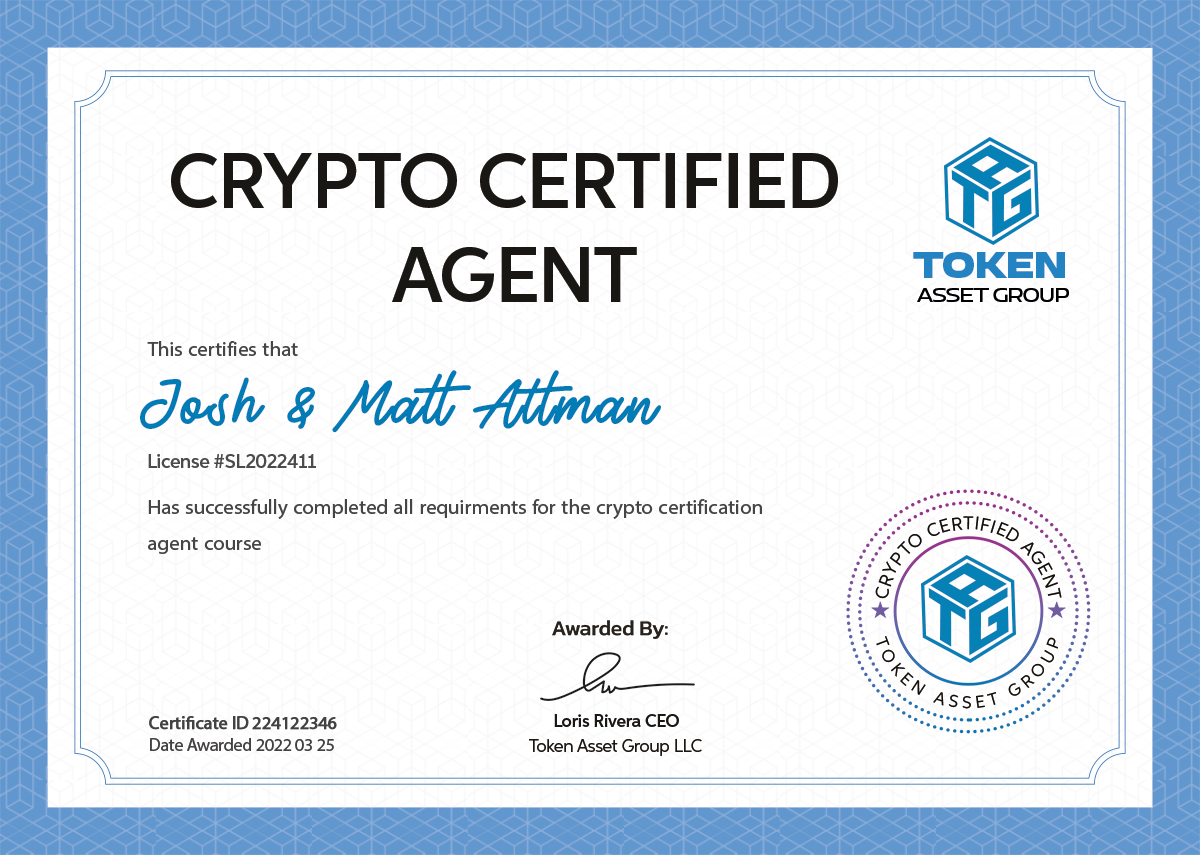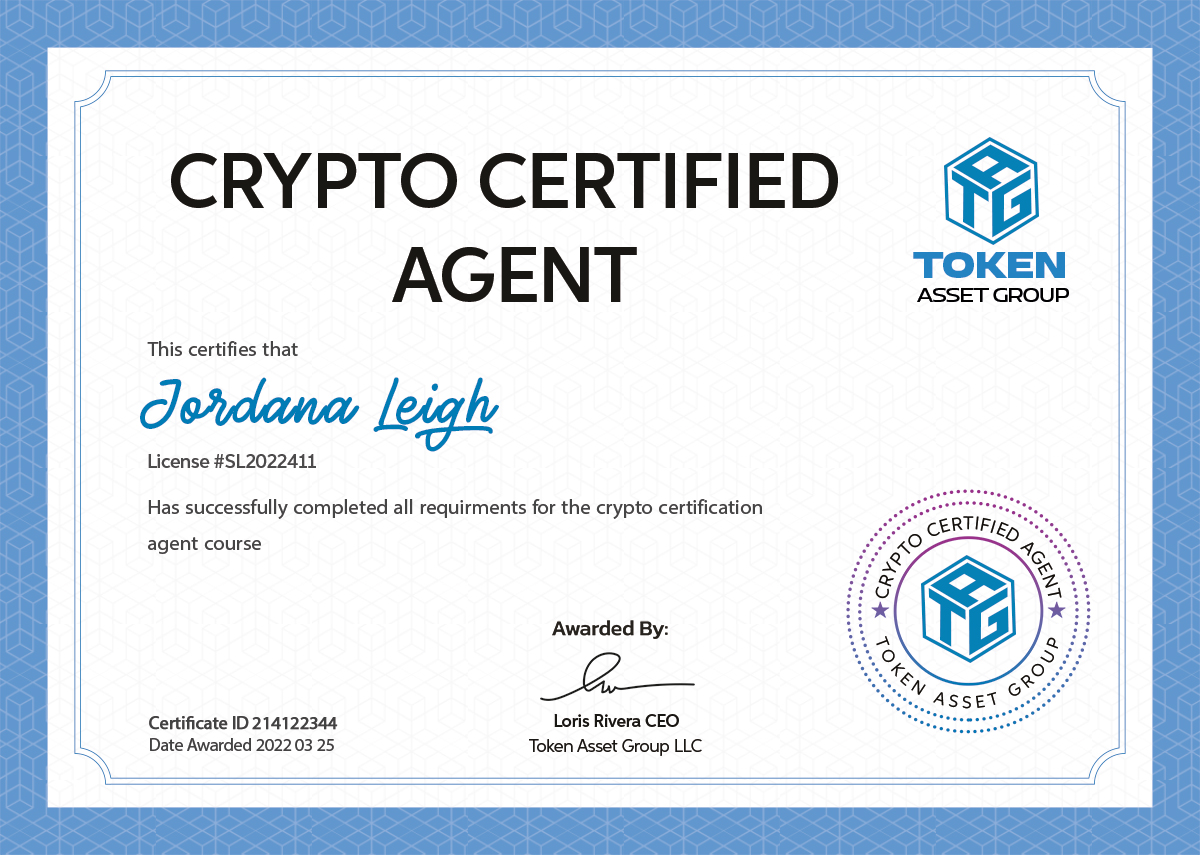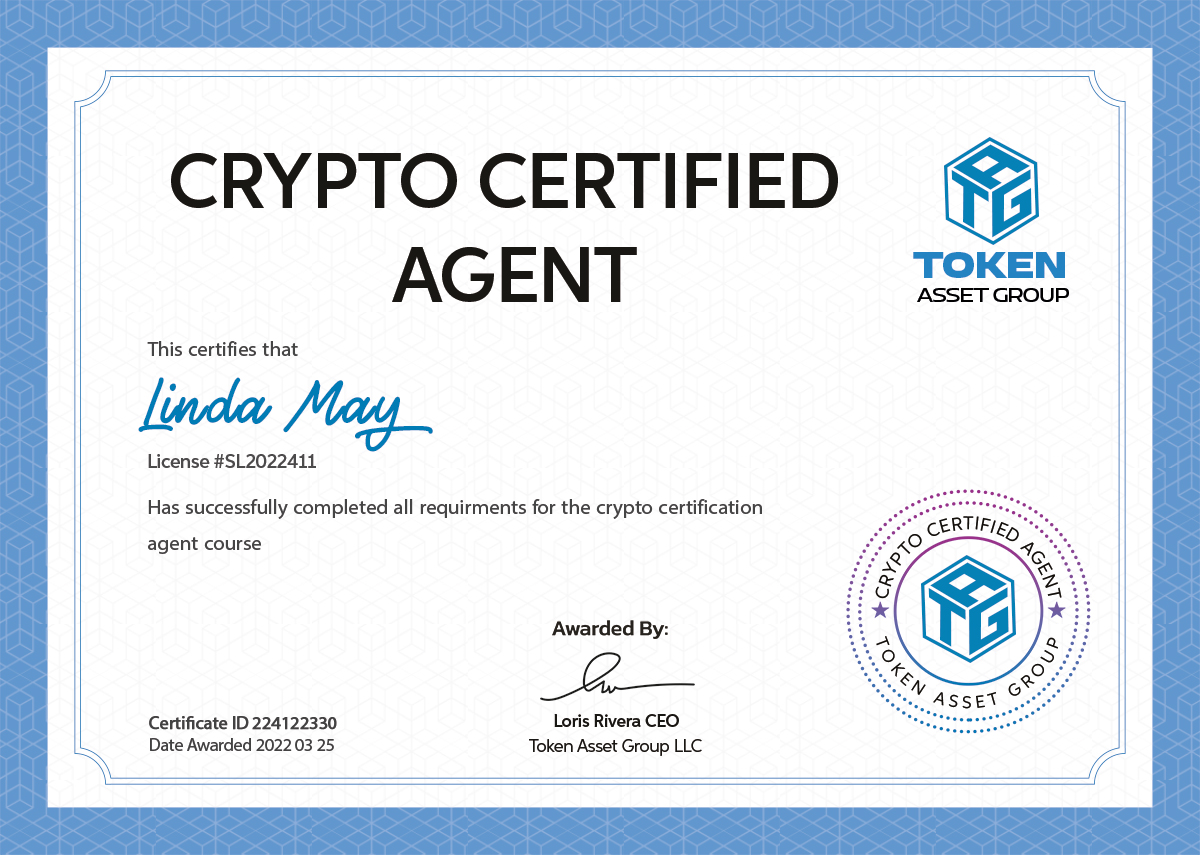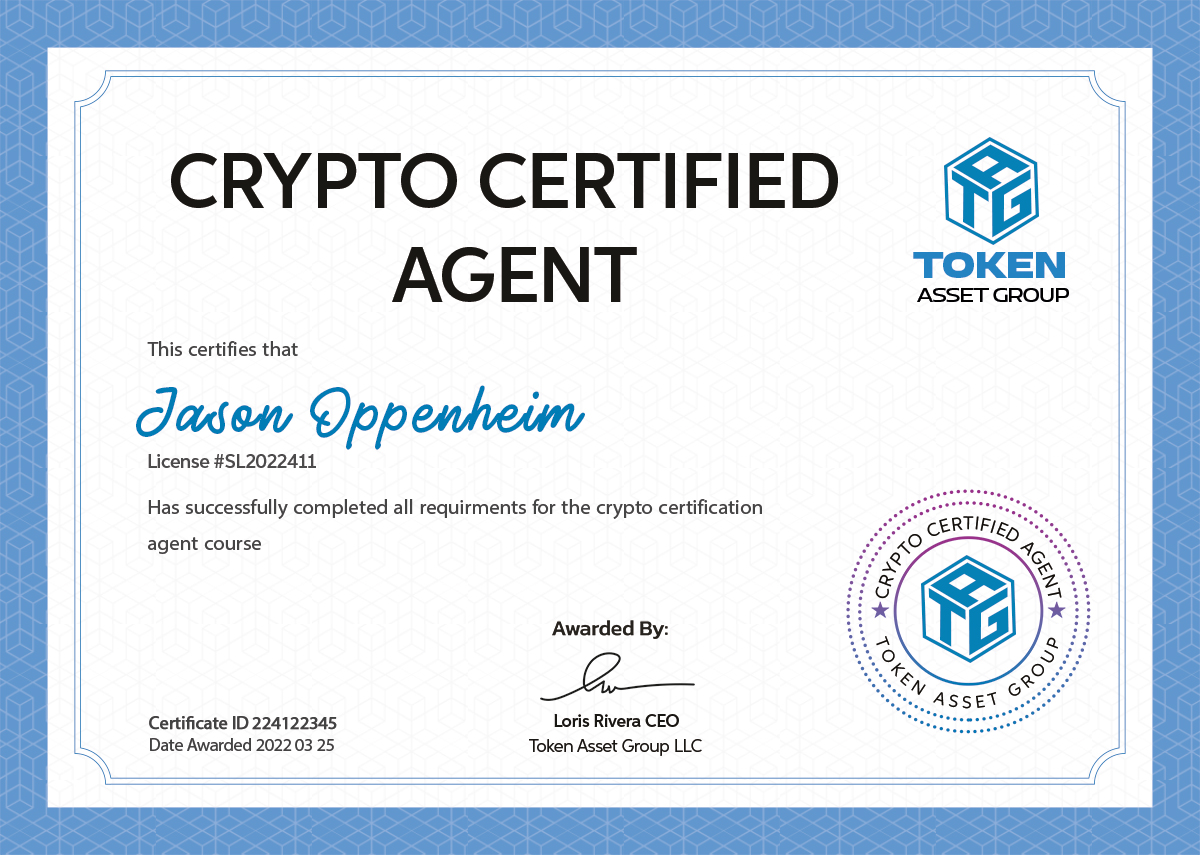Promising NFT projects IN 2022
First, we would like to discuss a decentralized content sharing platform. Creaton, based on Polygon, aims to provide the infrastructure for creators to easily monetize their content directly without any centralized authority.
Unlike other content sharing platforms, particularly those in the Web2 ecosystem, Creaton gives creators full ownership and control over their content, allowing them to accept paid subscriptions from their fans and engage in various other monetization avenues. Creaton accomplishes this by tokenizing all content in NFT, before storing newly created creations in a decentralized database powered by Arweave and encrypted by the Lit protocol.
Using NFT, smart contracts and Polygon’s speed, interoperability and cost efficiency, Creaton has pioneered the concept of “decentralized and cryptographic” membership. The platform recently completed a successful fundraising round, raising $1.1 million from a group of investors.
Infinity is the next project designed to express the powerful potential of NFTs to a mass audience. As a decentralized, community-driven NFT marketplace, Infinity introduces the unique concept of InfinityDAO, a DAO-controlled NFT marketplace, protocol and treasury that also supports programmable NFTs.
If you’re not already familiar with the trends, experts say programmable NFTs are the future. Ideally, any NFT is programmable, but for now this feature is largely underutilized. Programmable NFTs can offer many operational advantages because they can be “programmed” to adapt and change over time.
